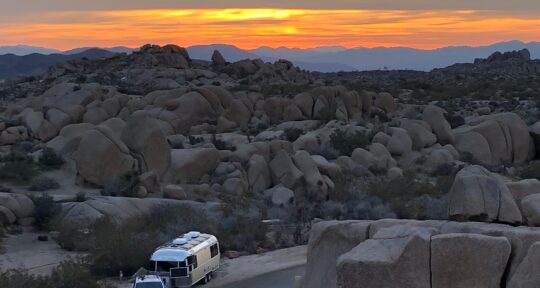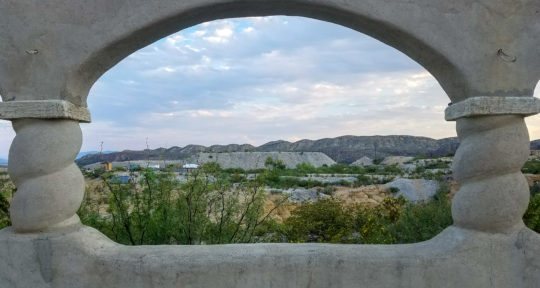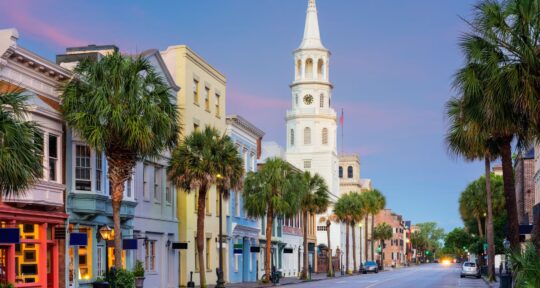The Adirondacks region of New York State comprises more than 200 lakes and hundreds of summits in its eponymous mountain range; the highest peak, Mount Marcy, towers more than 5,000 feet above sea level. Known for its ski resorts and snowy winters, as well as hundreds of miles of hiking trails and water sports in the summer and fall, the Adirondacks is a popular vacation destination year round.
Located within a day’s drive of most of New England and major East Coast cities, including Boston, New York, Philadelphia, and Washington, D.C., here are seven must-see stops on a road trip through Northeastern New York.
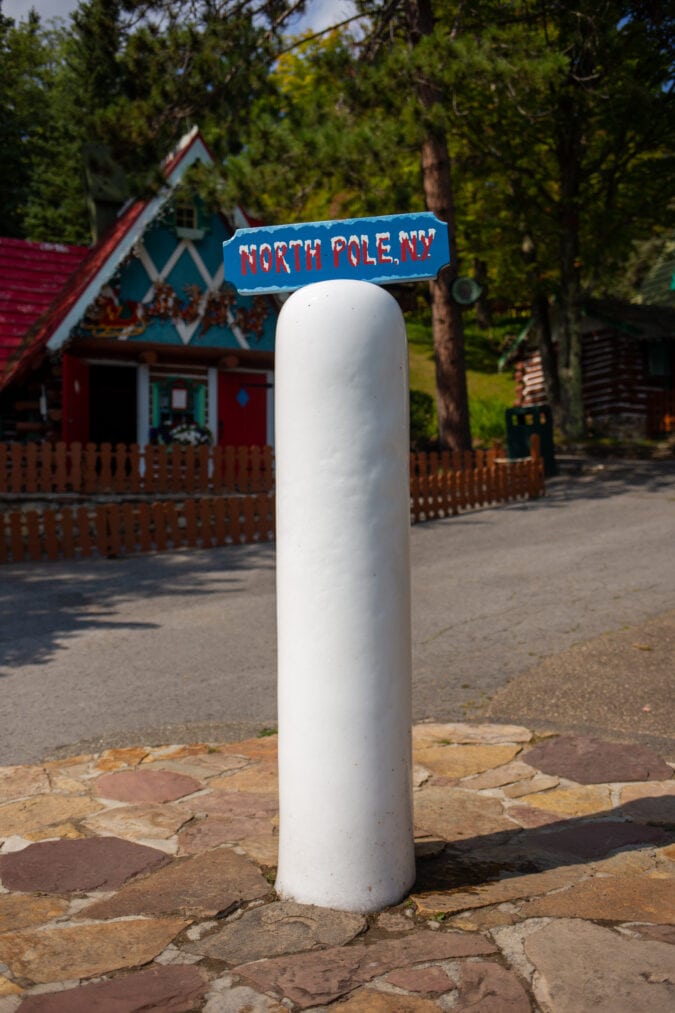
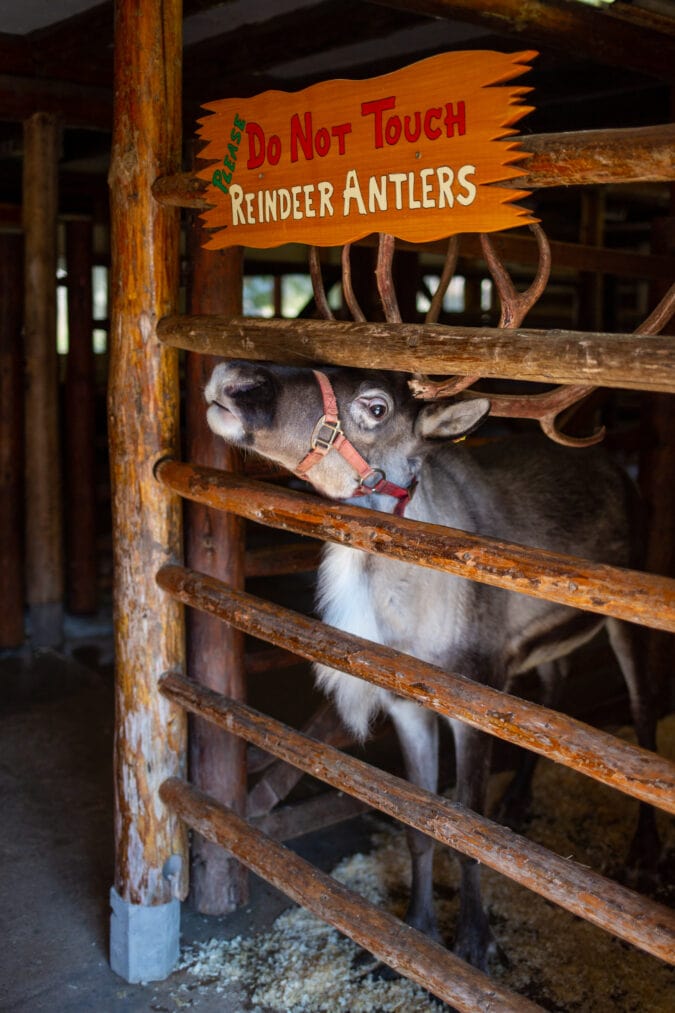
1. Santa’s Workshop, North Pole
Although it first opened on July 1, 1949 (and remains open during the summer and fall), winter weekends are the most natural time to visit Santa’s Workshop. Considered a forerunner of modern-day theme parks, including Disney World, the Christmas attraction set a single-day attendance record in September 1951, when 14,000 people flocked to the small hamlet of North Pole, New York.
Celebrate year round at these 8 holiday theme parks
The magic may have faded—and the crowds thinned considerably—over the decades, but kids and adults alike can still visit with Santa, feed a reindeer, purchase a festive hat (personalized with felt letters ironed on by an elf), or marvel at the perpetually-icy “North Pole” that remains cold even on the hottest summer days.
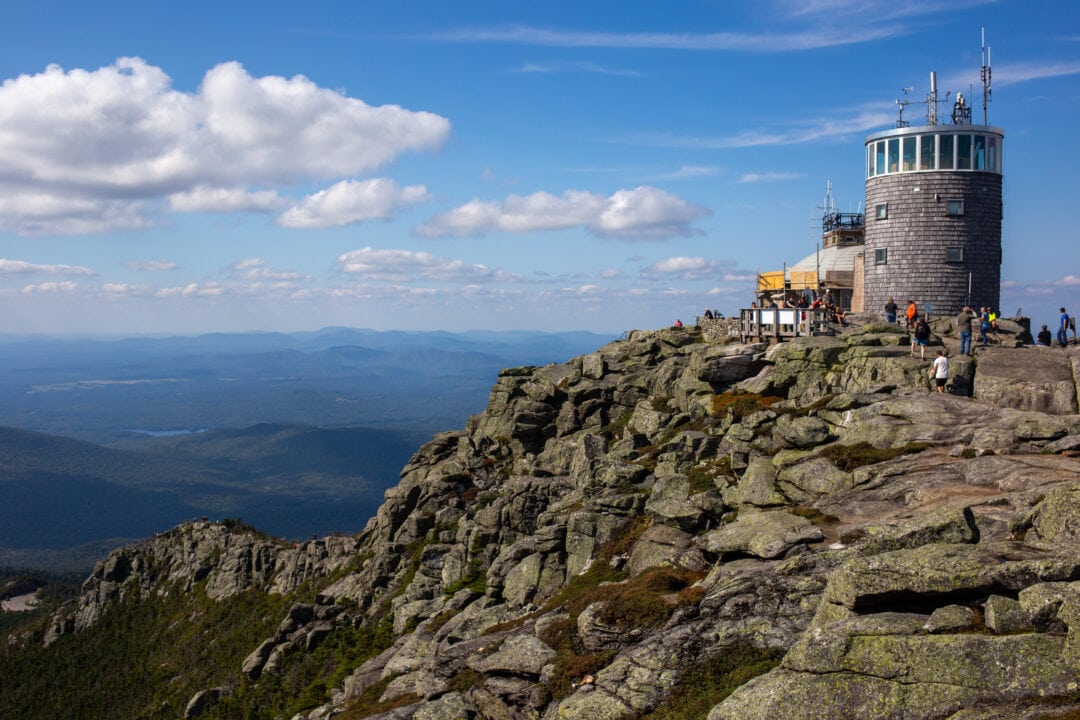
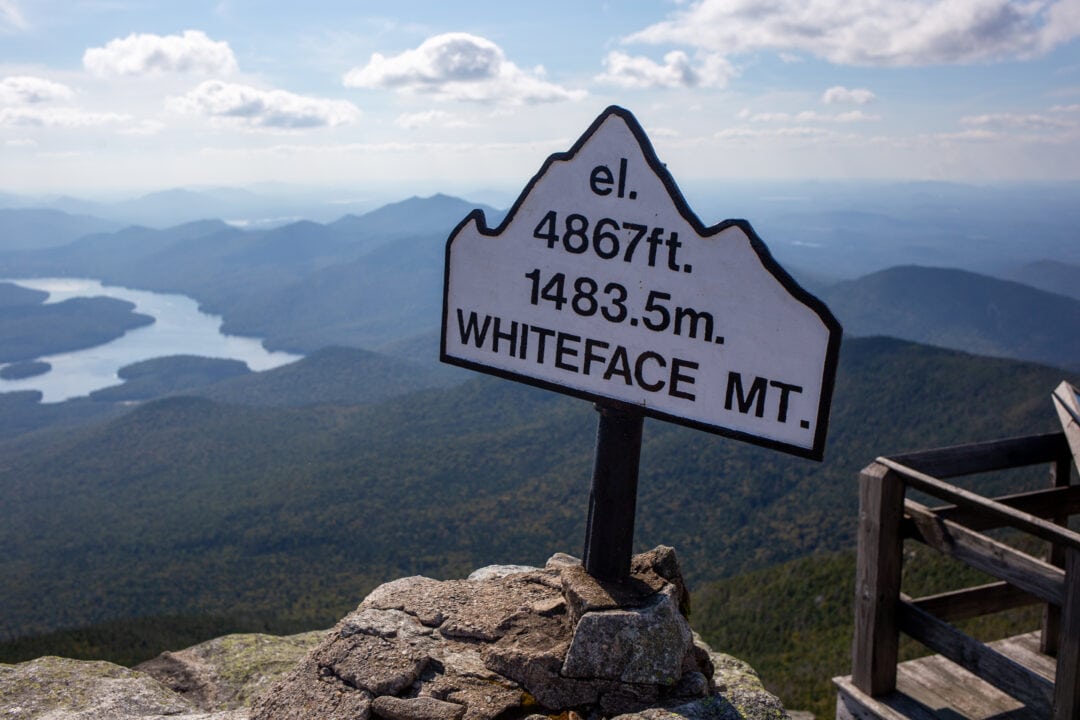
2. Whiteface Mountain
From May through October, New York’s fifth-highest peak is accessible by car or bike via the historic Whiteface Veterans' Memorial Highway. Once at the top, visitors can choose to take an elevator or walk a rocky trail to the summit, which offers striking panoramic views—if it’s particularly clear, look for Vermont’s Green Mountains and New Hampshire’s White Mountains to the east, and the skyline of Montreal, Canada, to the north. Brave snowshoers can attempt the summit in the winter, or ski and snowboard down the “greatest vertical drop in the East.”
3. Saranac Waterfront Lodge, Saranac Lake
Located on Lake Flower's Pontiac Bay in the Adirondack High Peaks Region, the Saranac Waterfront Lodge features picturesque views, luxury suites, and an on-site pub and ice cream shop. The property also offers Saranac Lake’s only lake-view ballroom, making it a popular destination for weddings, and access to 24 miles of navigable waterways. Pontoon and fishing boats, stand up paddleboards, and kayaks are available to rent in the warmer months, and during the winter, guests can try out cross-country skiing, ice climbing, snowshoeing, snowmobiling, and tubing.
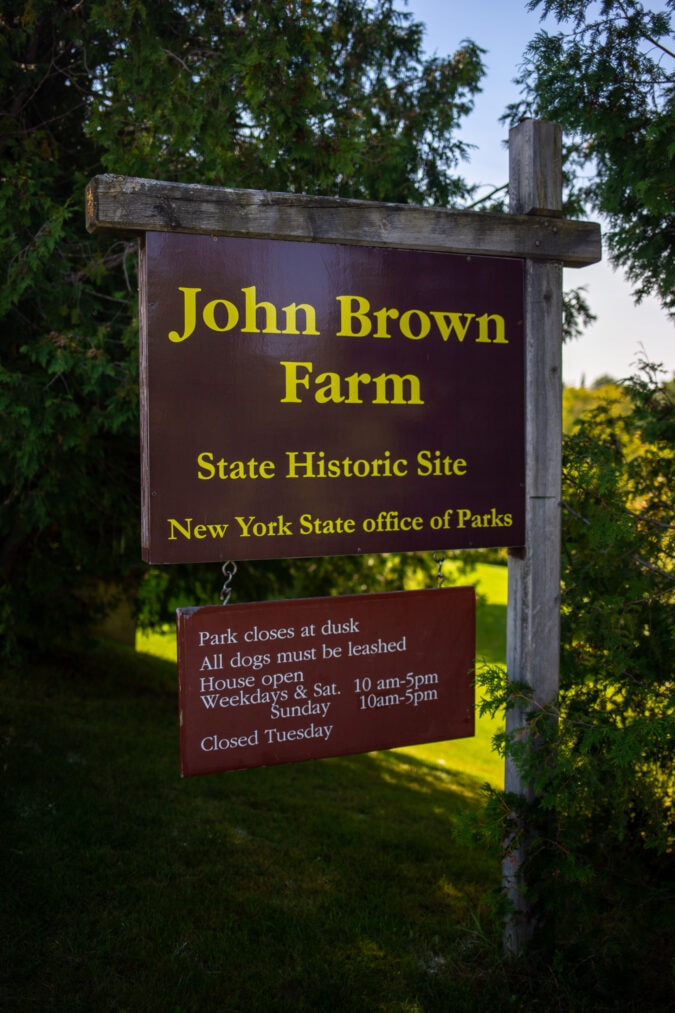
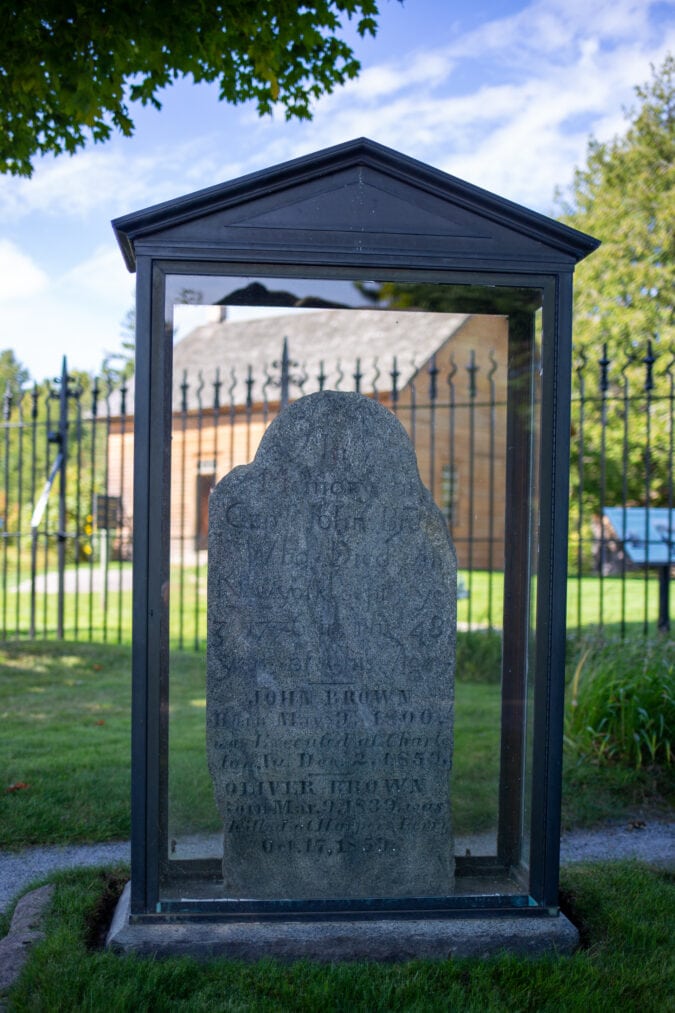
4. John Brown Farm State Historic Site, North Elba
Abolitionist John Brown is a controversial figure in U.S. history, with some seeing his violent raids as treasonous, while others equate his anti-slavery views with the ideals of Civil Rights leaders and the modern-day Black Lives Matter movement. After the Brown-led assault on the U.S. Arsenal at Harpers Ferry, he was hanged in 1859 and his body was returned to his family farm in North Elba, New York.
History and horrors come to life at these 6 lesser-known wax museums
Interred alongside the remains of several of his comrades, Brown's body “lies a-moldering” under a tombstone protected from the elements (and vandals) by a clear box. Admission to the grounds of this state historic site is free, and includes entrance into the modest Brown house and a barn that houses rotating exhibits about the abolitionist movement and other social justice issues.
5. Downtown Diner, Lake Placid
Located on Lake Placid’s Main Street, the Downtown Diner is a no-frills place to fill up on breakfast staples and bottomless cups of coffee before visiting the nearby Olympic Center or speed skating oval (home to the 1932 and 1980 Winter Olympics). The vinyl booths and chrome counter stools will satisfy lovers of classic diner decor, and the menu offerings—including brioche French toast, homemade sausage gravy, and the substantial Adirondack combo—will fortify athletes and spectators alike.
6 places where you can live out your Winter Olympic fantasies
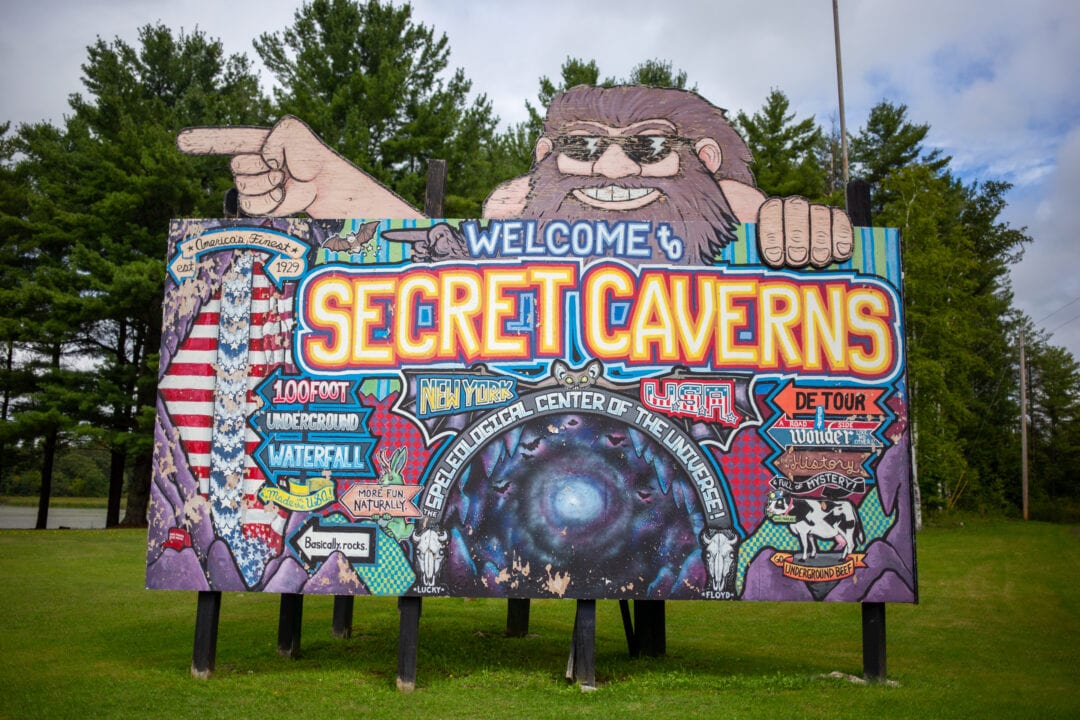
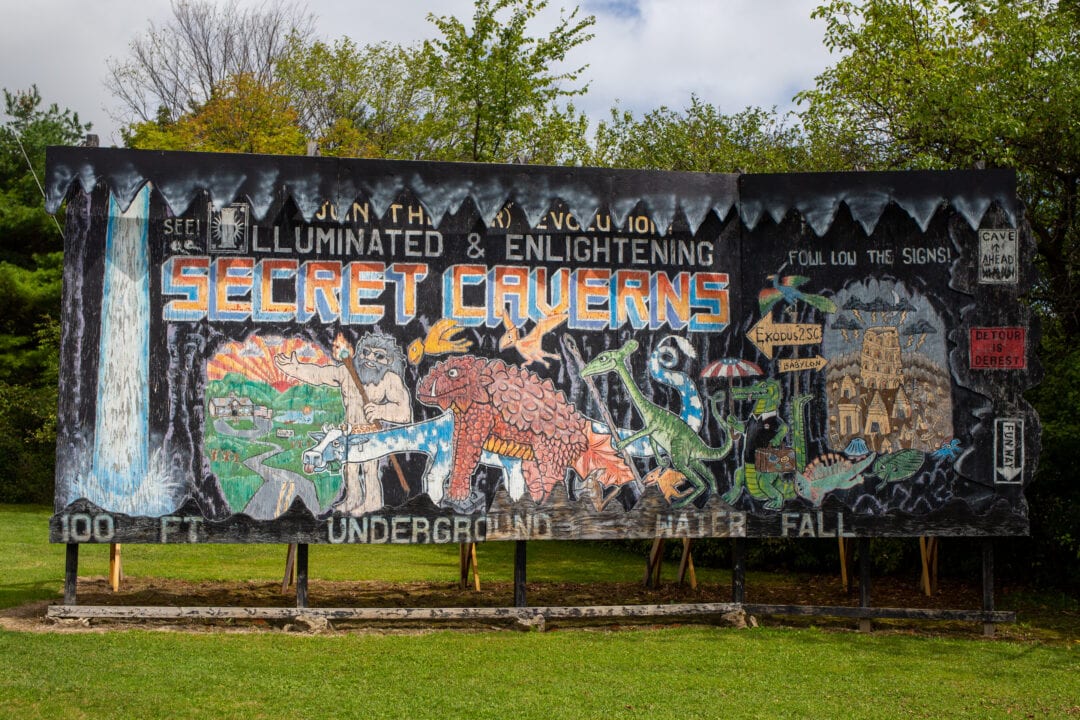
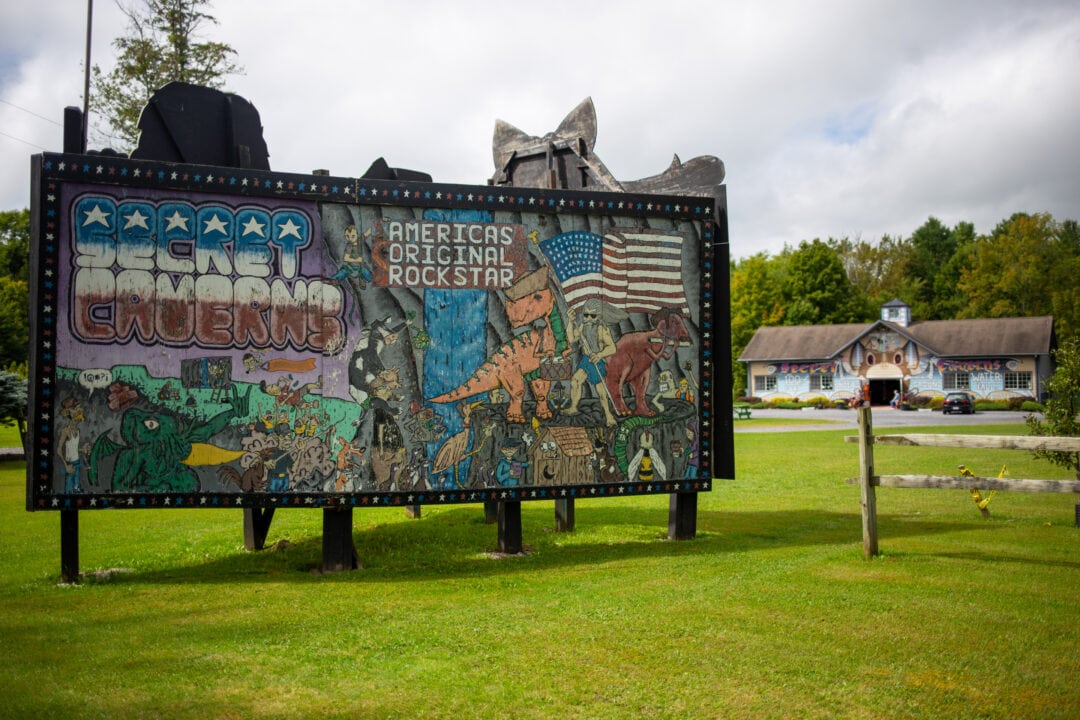
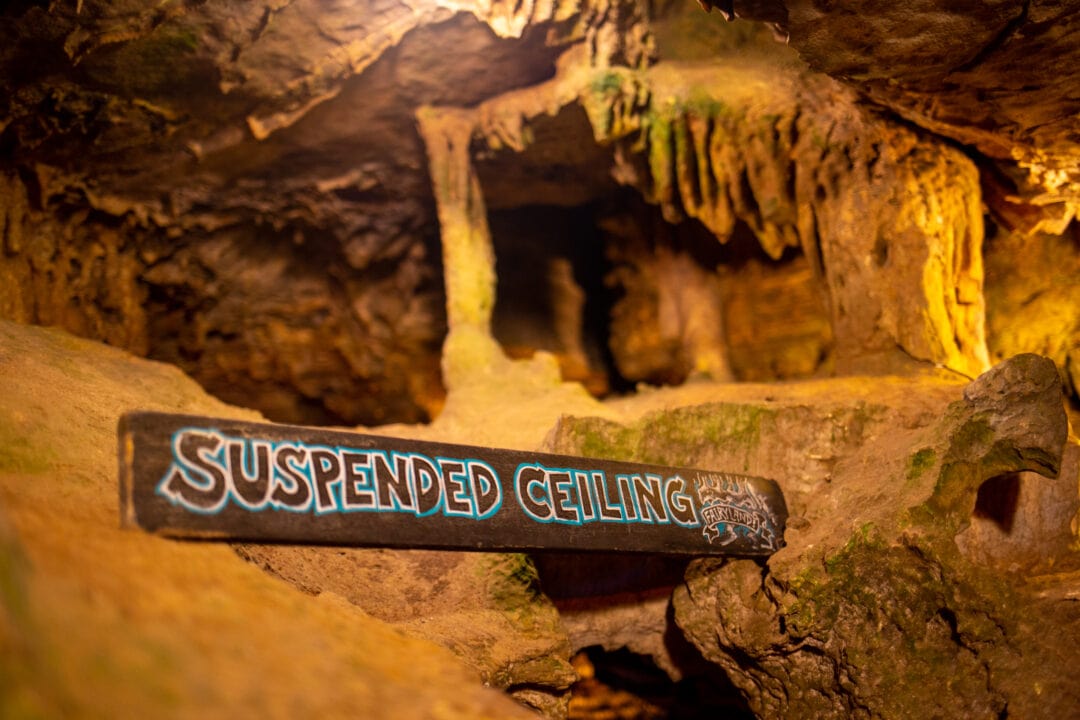
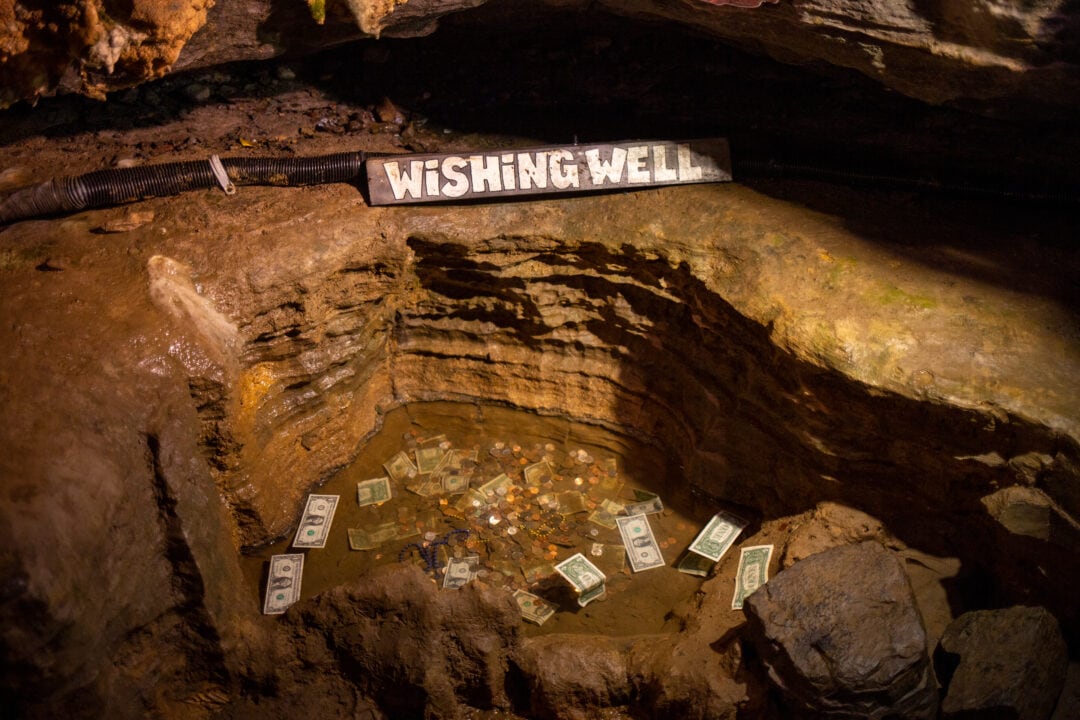
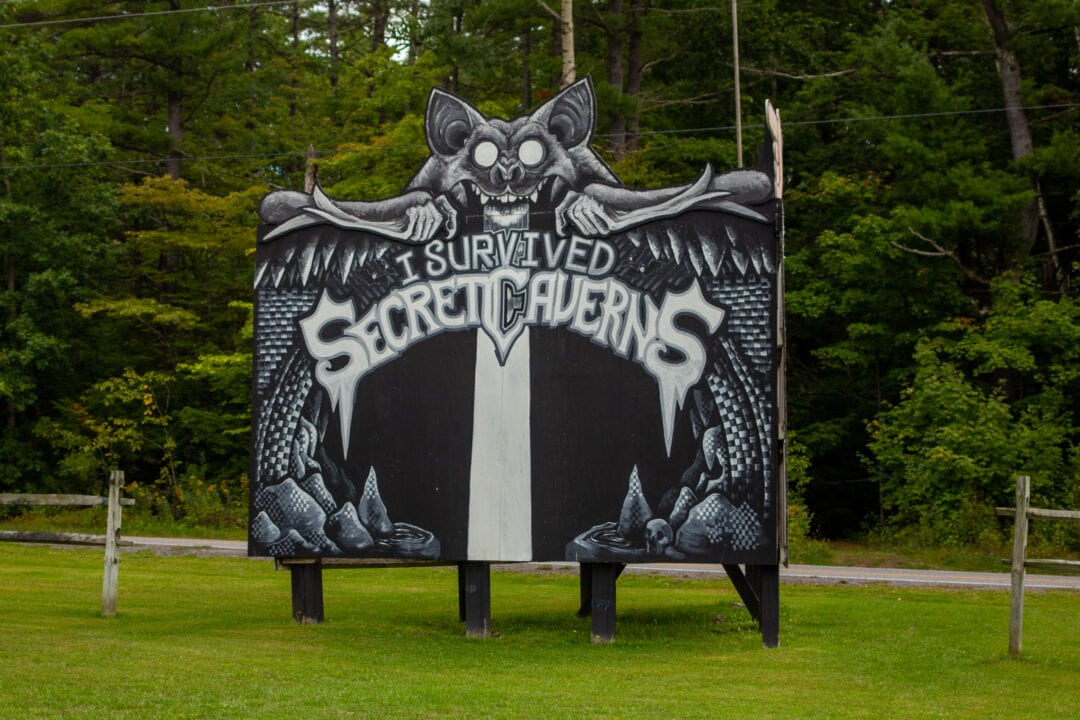
6. Secret Caverns, Cobleskill
A roadside attraction since its 1920s discovery by two unfortunate cows, the main draw of Secret Caverns might not actually be the cave itself—or the 100-foot-underground waterfall that concludes the 1-hour guided tour. What sets Secret Caverns apart from its more famous (and commercial) neighbor, Howe Caverns, is the several intricately hand painted billboards directing travelers to act like “a limestone cowboy and turn right at the light,” “Make caves great again,” or declaring that “4 out of 5 dentists prefer our cavity.” The pun-filled works of roadside folk art are an attraction in their own right, and worth a visit even in the winter when Secret Caverns is closed (Howe Caverns is open year round).
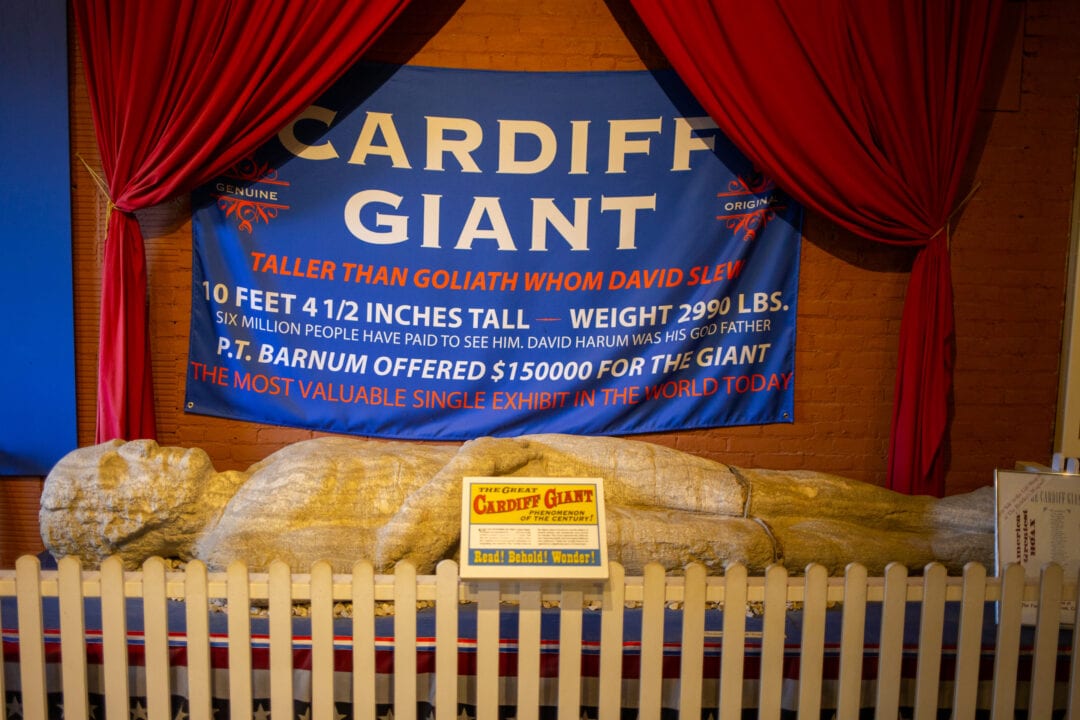

7. The Farmers' Museum, Cooperstown
A working farm since 1813, The Farmers’ Museum opened to the public in 1944 with 5,000 artifacts; today the museum is home to more than 23,000 objects, more than a dozen historical structures (often populated by period reenactors), an Empire State-themed carousel, a gift shop, and resident animals, including pigs, cows, and chickens.
Since 1947, the site has also been the home of the Cardiff Giant, a 10-foot-long gypsum statue and brainchild of George Hull. Initially thought to be the remains of a petrified man, the Giant is known as “America’s Greatest Hoax,” after it was revealed that Hull created the spectacle to exploit believers of a biblical passage containing the phrase “There were giants in the earth in those days.”

